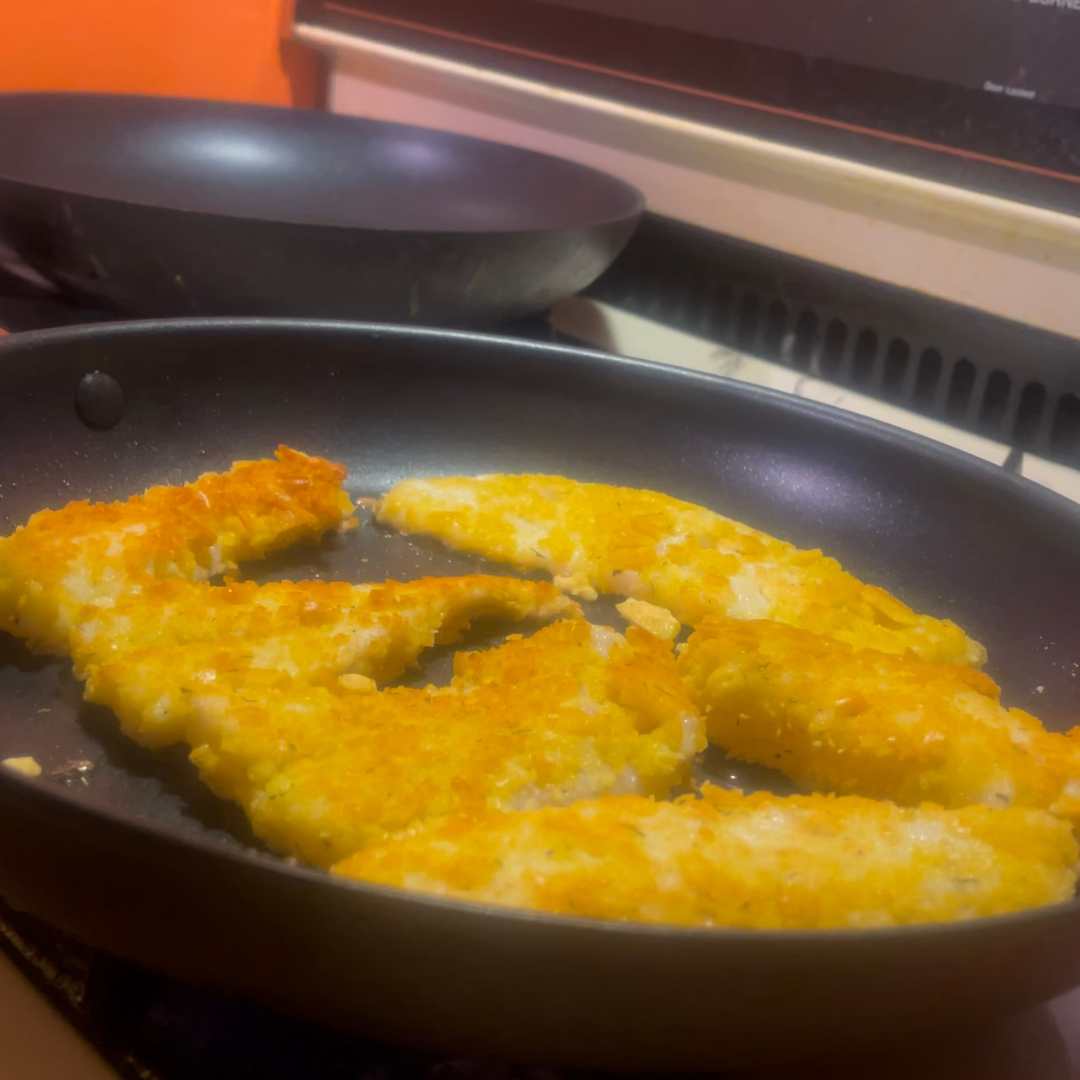Why should we eat baked fish?
Fish is an excellent source of many nutrients that are beneficial for overall health. One of the main reasons fish is good for you is because it’s a rich source of high-quality protein. Protein is essential for building and repairing tissues, including muscles, bones, and skin.
In addition to protein, fish is also a good source of healthy fats, particularly omega-3 fatty acids. Omega-3s are important for brain health, heart health, and reducing inflammation in the body.
Fish is also a good source of vitamins and minerals, such as vitamin D, vitamin B12, and selenium. Vitamin D is essential for strong bones and immune system function, while vitamin B12 is important for nerve health and red blood cell formation. Selenium is an antioxidant that helps protect cells from damage.
Consuming fish has been associated with a lower risk of heart disease, stroke, and certain types of cancer. It’s also a lean protein source, meaning it’s low in saturated fat and calories compared to other protein sources like beef or pork. For these reasons, incorporating fish into your diet can have numerous health benefits.
Is it good to eat fish every day?
While fish is generally a healthy and nutritious food, it may not be necessary or ideal to eat it every day for everyone.
For one, some fish may contain high levels of mercury, a toxic substance that can have harmful effects on the nervous system, particularly in fetuses and young children. Therefore, it’s recommended to limit the consumption of high-mercury fish, such as shark, swordfish, and king mackerel, to once or twice per month.
Additionally, fish may not be a suitable protein source for everyone, particularly those with fish allergies or certain medical conditions that may require a low-protein diet.
However, for most healthy individuals, consuming fish 2-3 times per week is generally considered a healthy and safe amount. Eating a variety of fish can provide a range of nutrients, such as omega-3 fatty acids, vitamin D, and protein, that are beneficial for overall health.
It’s important to note that how often you should eat fish ultimately depends on your individual dietary needs and preferences. Consulting with a healthcare professional or registered dietitian can help you determine the appropriate amount of fish to include in your diet.
What are omega-3 fatty acids anyway?
Omega-3 fatty acids are a type of polyunsaturated fat that is considered to be essential for good health. This means that they are not produced naturally by the body, so they must be obtained through diet or supplements.
There are three main types of omega-3 fatty acids: alpha-linolenic acid (ALA), eicosapentaenoic acid (EPA), and docosahexaenoic acid (DHA). ALA is found in plant-based foods such as flaxseed, chia seeds, and walnuts, while EPA and DHA are mainly found in fatty fish such as salmon, sardines, and mackerel.
Omega-3 fatty acids have numerous health benefits, including reducing inflammation in the body, improving heart health by reducing the risk of heart disease and stroke, and promoting brain health and development, particularly in infants and young children.
Research has also shown that omega-3 fatty acids may help improve symptoms of depression, anxiety, and other mental health disorders, as well as reducing the risk of certain types of cancer.
Overall, omega-3 fatty acids are an important nutrient that can contribute to overall health and well-being.
What is the best temperature to bake fish?
The best temperature to bake fish depends on the type and size of the fish being cooked. In general, a temperature between 350°F and 400°F (175°C to 200°C) is ideal for baking most types of fish. Thicker cuts of fish, such as salmon or cod, may require a lower temperature and longer cooking time, while thinner fillets, such as tilapia or trout, may benefit from a higher temperature for a shorter period of time. It’s important to keep an eye on the fish while it’s baking and check for doneness with a thermometer or by gently pressing on the flesh with a fork. The internal temperature should reach 145°F (63°C) for cooked fish.
How do you season fish?
There are many ways to season fish, and the best seasoning method depends on personal preference and the type of fish being cooked. Here are a few common seasoning options:
- Lemon and herbs: A classic and simple seasoning for fish is to brush it with lemon juice or zest and sprinkle it with fresh or dried herbs, such as dill, parsley, or thyme.
- Spices and herbs: A mixture of spices and herbs can add a flavorful kick to fish. Common options include garlic powder, paprika, cumin, and black pepper.
- Marinades: Fish can be marinated in a mixture of oil, vinegar, herbs, and spices to add flavor and tenderize the flesh. Acidic marinades, such as those made with citrus juice or vinegar, can help to break down the fish’s proteins and make it more tender.
- Asian-style: Fish can be seasoned with soy sauce, ginger, and garlic for an Asian-inspired flavor. Sesame oil, rice vinegar, and chili flakes can also be used.
Regardless of the seasoning method, it’s important not to over-season the fish, as the delicate flavor of the fish should be able to shine through. Try it with a side of Mexican street corn.
Ingredients:
- 4 fish fillets (such as haddock or cod)
- 4 tablespoons of olive oil
- 2 cloves of garlic, minced
- 1 lemon, thinly sliced
- Salt and pepper to taste
- 4 sheets of aluminum foil (each large enough to wrap one fish fillet)
Instructions:
- Preheat your oven to 400°F (200°C).
- Take a sheet of aluminum foil and brush it with some olive oil.
- Place one fish fillet on top of the oiled foil.
- Sprinkle the fish with minced garlic, salt, and pepper.
- Drizzle a tablespoon of olive oil over the fish.
- Add a few slices of lemon on top of the fish.
- Fold the foil to create a packet that will enclose the fish. Ensure that the edges are tightly sealed.
- Repeat steps 2 to 7 for the remaining fillets.
- Place the foil packets on a baking sheet and bake them in the preheated oven for 20-25 minutes or until the fish is cooked through and flakes easily with a fork.
- Remove the baking sheet from the oven and let the foil packets rest for 5 minutes.
- Carefully open the foil packets and serve the fish with the lemon slices on top.
Enjoy your delicious and healthy meal!
Baked Fish
Equipment
- Oven
- Aluminum foil
- Oil Brush
Ingredients
- 4 fish fillets such as haddock or cod
- 4 tablespoons of olive oil
- 2 cloves of garlic minced
- 1 lemon thinly sliced
- Salt and pepper to taste
- 4 sheets of aluminum foil each large enough to wrap one fish fillet
Instructions
- Preheat your oven to 400°F (200°C).
- Take a sheet of aluminum foil and brush it with some olive oil.
- Place one fish fillet on top of the oiled foil.
- Sprinkle the fish with minced garlic, salt, and pepper.
- Drizzle a tablespoon of olive oil over the fish.
- Add a few slices of lemon on top of the fish.
- Fold the foil to create a packet that will enclose the fish. Ensure that the edges are tightly sealed.
- Repeat steps 2 to 7 for the remaining fillets.
- Place the foil packets on a baking sheet and bake them in the preheated oven for 20-25 minutes or until the fish is cooked through and flakes easily with a fork.
- Remove the baking sheet from the oven and let the foil packets rest for 5 minutes.
- Carefully open the foil packets and serve the fish with the lemon slices on top.




